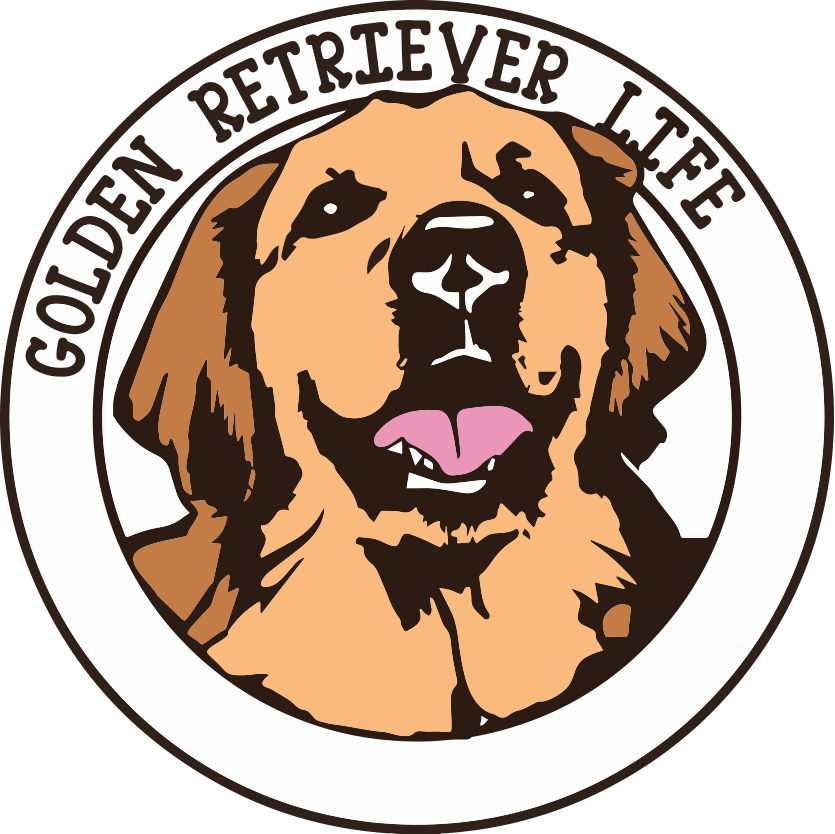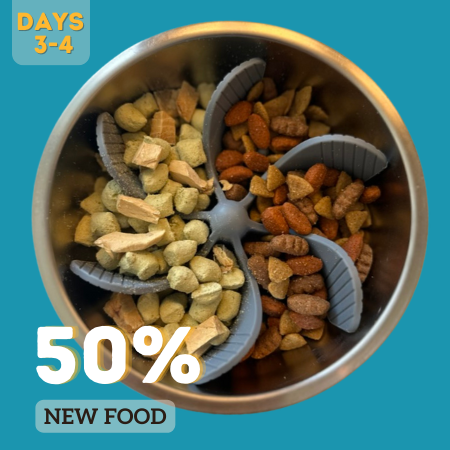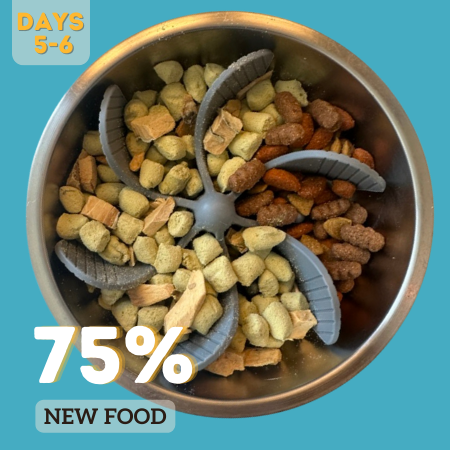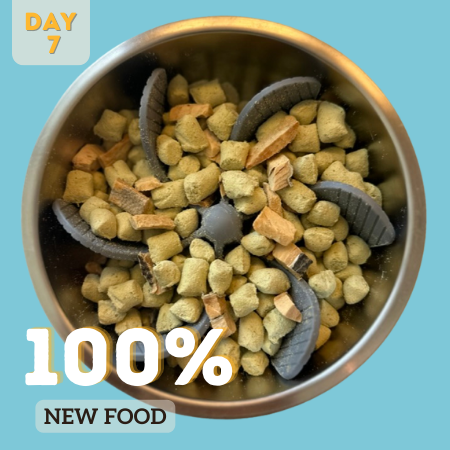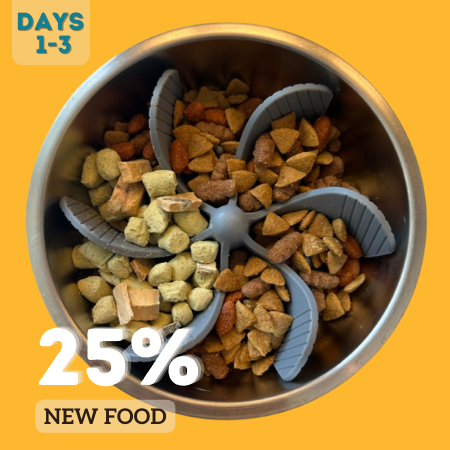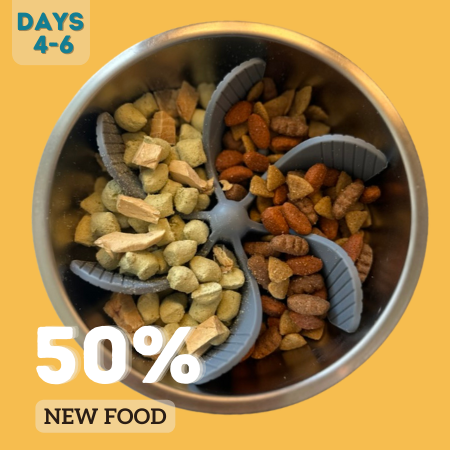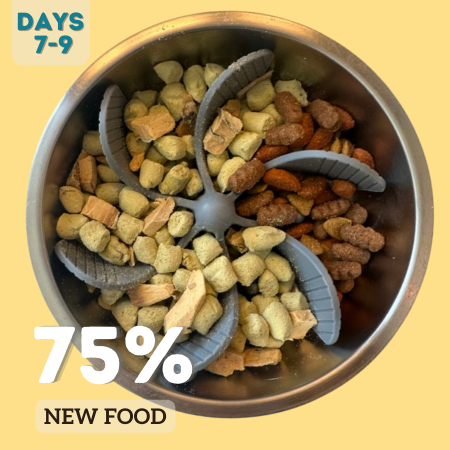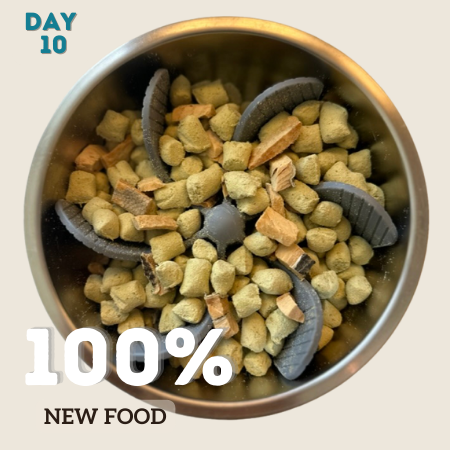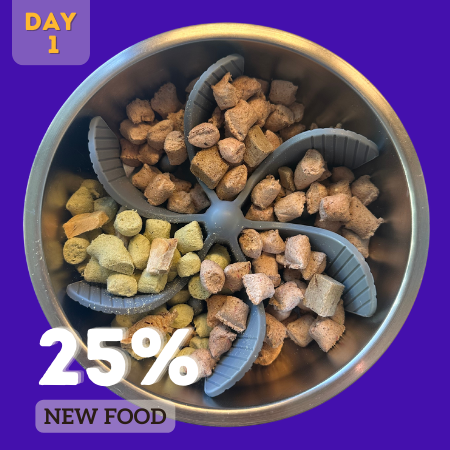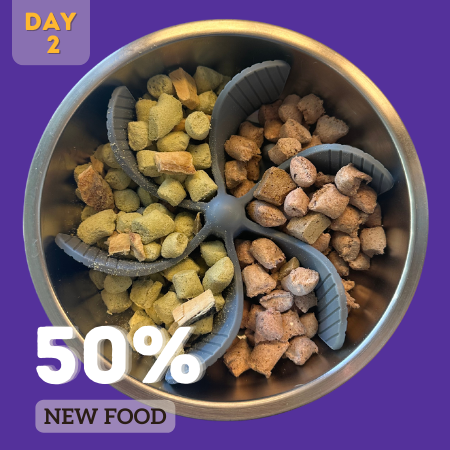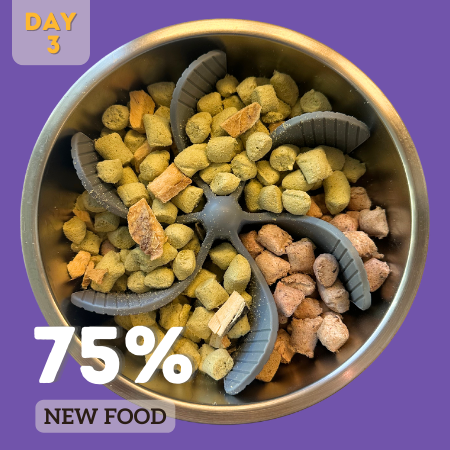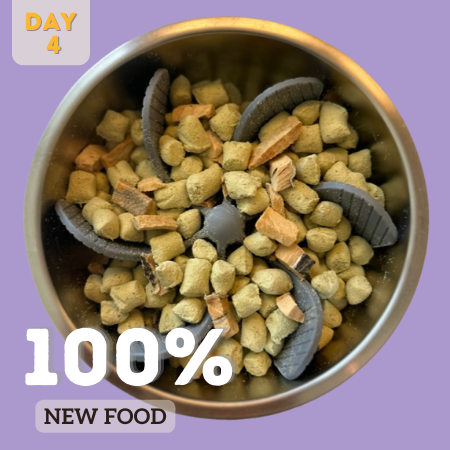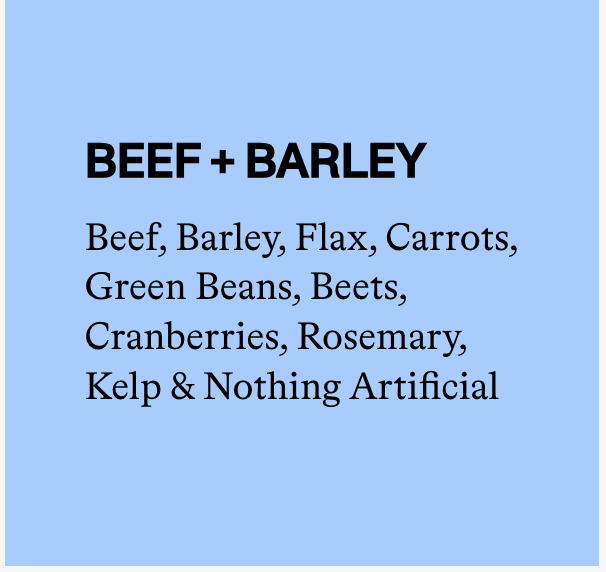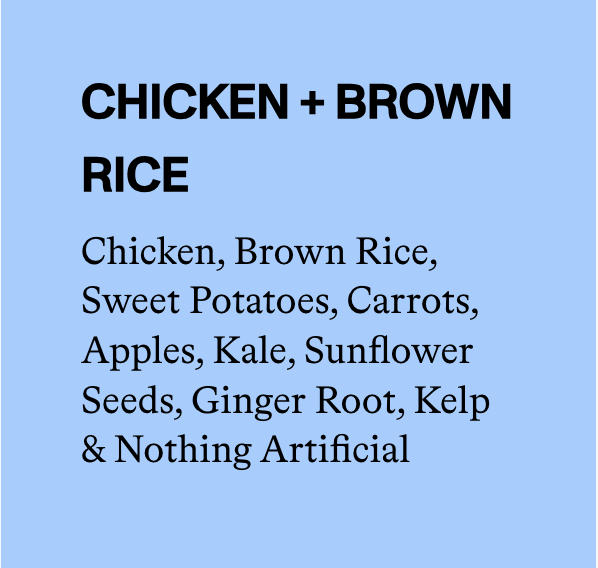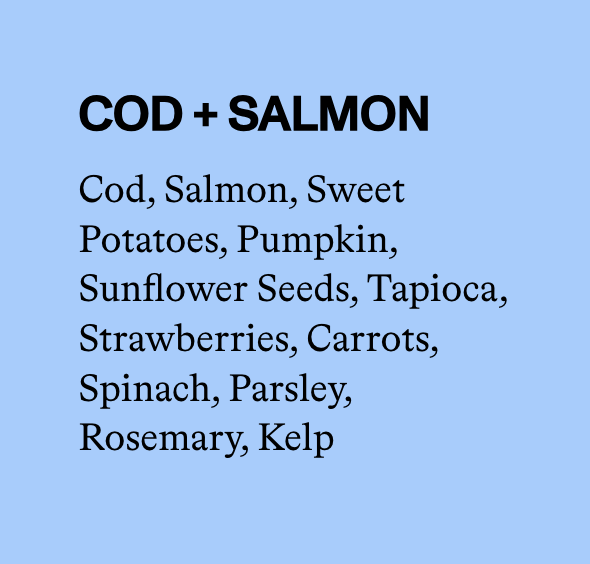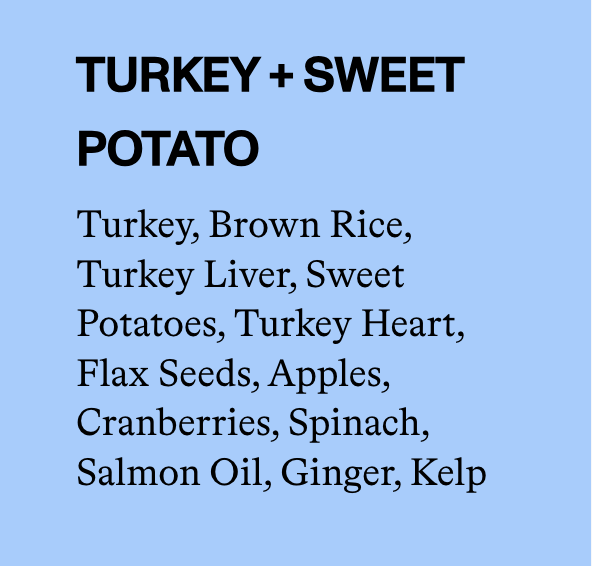A Guide to Switching Your Dog’s Food
You could be looking to switch your dog’s food for many reasons:
Transitioning your adult dog to a new food brand
Bringing a puppy home and want to start them on the best food
Changing recipes within the same brand
We’ve experienced all these challenging decisions and wrote this blog to help you in your transition journey.
Transitioning Adult Dog to a New Food
Our golden retriever, Ellie, ate kibble at the beginning of her life. As new dog owners, we chose this option because it looked healthy, and that’s what our our dogs ate when we were kids.
Fast forward four years, our veterinarian informed us that Ellie was overweight and advised us on the risks of obesity. At first, it came as a shock, but looking back at the pictures, it was clear she was not at an ideal weight.
That’s when we decided to make changes to maximize Ellie's health and quality of life. We researched high-quality dog foods, spoke with our veterinarian, and consulted with a clinical pet nutritionist.
We wanted the convenience of kibble with the benefits of fresh food, so we ultimately decided to switch Ellie to a fresh dry, whole-food called UnKibble. Ellie has now been eating Spot & Tango for nearly three years, and we couldn’t be happier with all the results we’ve seen:
⭐️ Healthier weight
⭐️ Increased energy
⭐️ Less itching
⭐️ Excitement for meals
⭐️ Softer coat
⭐️ High-quality poop!
Plus, unlike many kibbles, UnKibble recipes do not contain any artificial preservatives, fillers, or additives. See this blog for a more detailed overview of why we selected Spot & Tango.
How to Transition an Adult Dog to New Food
We switched Ellie from kibble to UnKibble over seven days. The key is to change food slowly to reduce the risk of upsetting your dog's stomach.
We started by mixing 25% of the new food (UnKibble) with 75% of the previous food (kibble). For the next ten days, we slowly increased the percentage of the new food (UnKibble) until we reached 100%.
Although we used a seven day transition period, it’s crucial to note dogs with sensitive stomachs, food allergies, or gastrointestinal diseases may benefit from a slower transition. If this applies to you, it's best to consult with your veterinarian for individual recommendations.
During the transition, we monitored for signs of food intolerance or a food allergy such as:
changes in appetite
diarrhea
vomiting
ear inflammation or itching
skin rash
hives
obsessive licking or scratching
gastrointestinal problems
Bringing a Puppy Home and Transitioning their Food
In 2022, we added a golden retriever puppy, Emma, to our family.
Emma’s nutrition changed three times within the first few months of her life. She began with her mother’s milk and then was introduced to some kibble as her first set of teeth came in.
Like Ellie, we wanted to make sure Emma had the best nutrition, so we began researching the best food for an 8-week-old puppy.
A growing puppy’s diet is often calorically dense and contains more protein, fat, salt, vitamins, and minerals than an adult dog. Additionally, puppies’ caloric needs increase steeply within their first year before leveling out as they finish growing.
We discovered that the ideal growth pattern for large breed puppies (any dog over 50 pounds at their adult stage) is to grow UP and then fill OUT around eight months.
After significant research, we were thrilled to learn that Spot & Tango is an excellent option for puppies! In fact, all four of their UnKibble recipes are complete and balanced for puppies and adults (according to AAFCO's nutritional standards).
Additionally, they personalize meal plans based on age, weight, activity level, and breed. This method is much more accurate than feeding charts based solely on your dog’s weight.
We decided to start Emma on Spot & Tango as a puppy, and her meal plan recommendations adjusted as she grew. Her food arrived at our door with a personalized scoop and easy feeding instructions. Emma also went crazy over her new food, which made it perfect for training!
How to Transition Puppy to New Food Brand
We switched Emma from kibble to UnKibble over ten days. This helped reduce the risk of upsetting her puppy stomach and gave her time to adjust to the change.
Remember that relocating a puppy to a new home can cause stress, potentially resulting in diarrhea. Therefore, consider waiting a week or two before starting the food transition to minimize the overall changes happening simultaneously.
If you know your puppy has stomach sensitivity, consider transitioning food over a more extended period, such as 2-3 weeks.
If you have questions regarding the process of transitioning your puppy’s food, we recommend you speak with your veterinarian. They can provide personalized recommendations tailored to your puppy’s specific needs.
Changing Recipes within the Same Brand
Rotating between the type of protein you give your dog is a popular holistic approach to mealtime. Many experts recommend switching your dog’s primary protein source for many reasons:
Reduces the risk of developing food sensitivity from prolonged exposure to the same protein source
It allows your dog to get all the amino acids they need; different proteins provide your dog with various amino acids, but no single protein source covers it all.
Strengthens your dog's digestive system, making it easier to process new proteins, reducing the likelihood of upset stomachs.
Keeps mealtime exciting! Decreases the chance your dog will become bored with the same food. Great for picky eaters!
The idea of rotating protein isn’t too different from when we vary what we eat as humans to ensure we cover all the nutrients we need for optimal health.
You can rotate daily, weekly, or monthly. Realistically, it is best to plan to switch when you’re nearing the end of your current food to ensure freshness and reduce waste.
How to Change Recipes within the Same Brand
To make the switch, we introduced 25% of the new protein with 75% of the previous protein. Over the next four days, we slowly increased the percentage of the new protein until we reached 100%.
We only did this gradual transition the first time Ellie and Emma tried a new Spot & Tango recipe. Once we knew they did not have any food intolerances and we were not switching to a new food brand, we completedthe following switches in just one day.
If your dog has a sensitive stomach or you notice signs of food intolerance, it is best to transition proteins over a more extended time period. As always, consult your veterinarian if you have any questions or concerns about your dog.
We have started rotating the type of protein every month using Spot & Tango’s four UnKibble options.
If you’re interested in trying out Spot & Tango UnKibble yourself, use promo GOLDEN for 60% off your first order.
